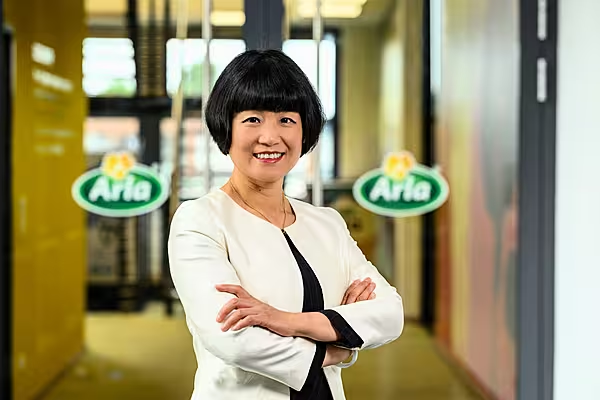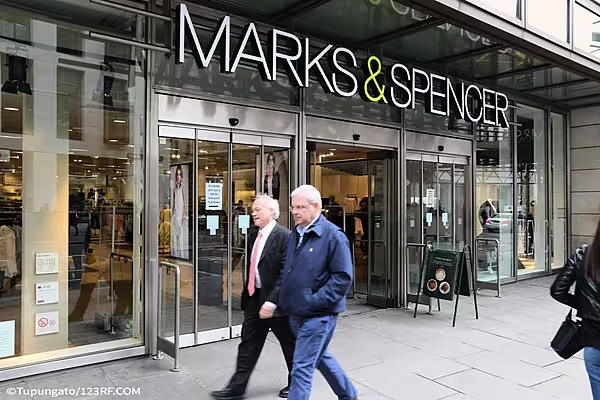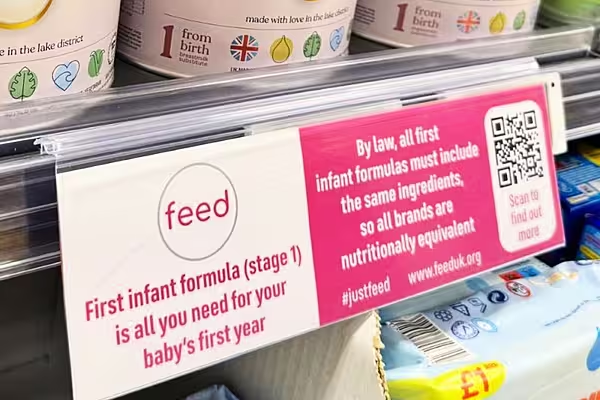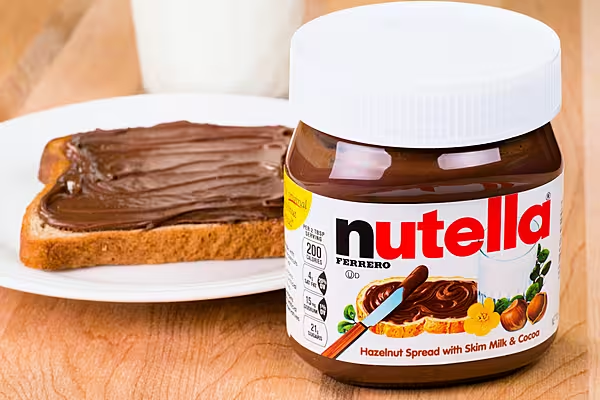Small to medium-sized businesses hold 15.1% of the UK FMCG sector, and are 'disproportionately contributing' to market growth, new data from Circana has shown.
According to Circana, growth in the UK FMCG market has slowed, with larger manufacturers increasingly relying on volume share as the primary pathway to growth, utilising sales promotions as a key sales driver.
At the same time, as Alex Lawrence, senior strategic insight director at Circana, noted, "Fuelled by innovation, SMEs are disproportionately contributing to market growth, providing 22% of all NPD value sales (vs. their 15% value share) in the last 12 months. They are however more vulnerable in the Major Multiple Grocer Channel (MMG) - a cornerstone for sustained growth."
Competitive Advantage
Major multiples and grocers account for 85% of total market value, Lawrence added, with "retaining and building distribution in this channel is the key to sustaining growth. SME products will tend to have lower rates-of-sale, increasing their risk of de-list making retailer range reviews and refreshes a crucial battleground for SME manufacturers.
"With pressure on volume share growing, SME brands must develop a competitive advantage."
Circana, which defines SMEs as manufacturers with a turnover of less than £100 million (€118 million), says that small and medium-sized operations have made 'significant strides' over the past year, contributing more than £20 billion in total store sales over the past year.
In addition, over the last 13 weeks, SMEs experienced share growth, increasing by 0.2 percentage points from last year. SME manufacturers now hold a 15.1% value share, while large manufacturers account for 49%, and private labels for 36%.
Importance Of Data
Circana advises SMEs to use detailed data in range reviews to demonstrate market position and growth opportunities to retailers, helping to retain and gain product distribution. It also suggests collaborating with retailers by using additional data to secure secondary display locations, and recommends driving new product development to capture consumer interest, maintain relevance, and explore emerging innovation opportunities.
"For FMCG SMEs, securing premium secondary display location with high gate fees is expensive and sales promotion will likely be from the product shelf location, greatly increasing the risk of margin and profit loss," said Lawrence. "As a result, range and distribution is a much more crucial battleground for smaller brands and an aspect of the marketing mix where SMEs need to establish a competitive advantage to drive growth in the second half of the year."














